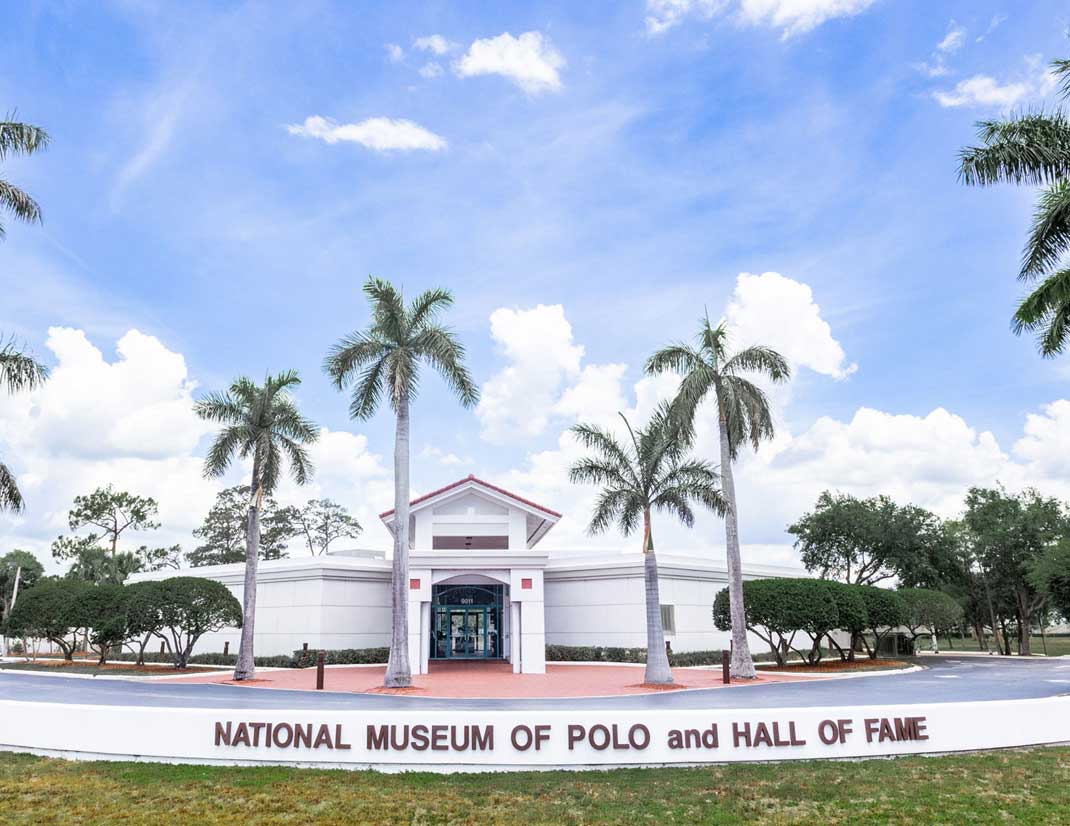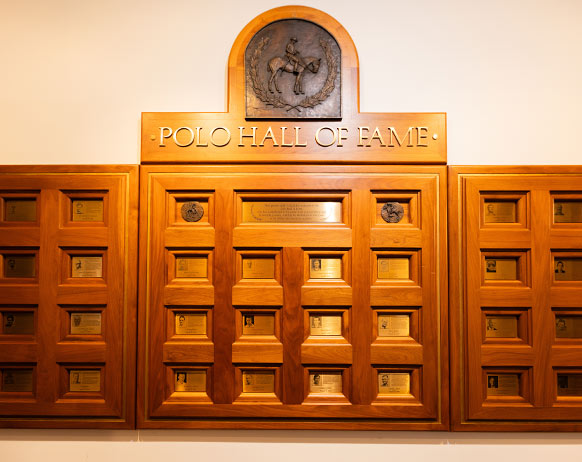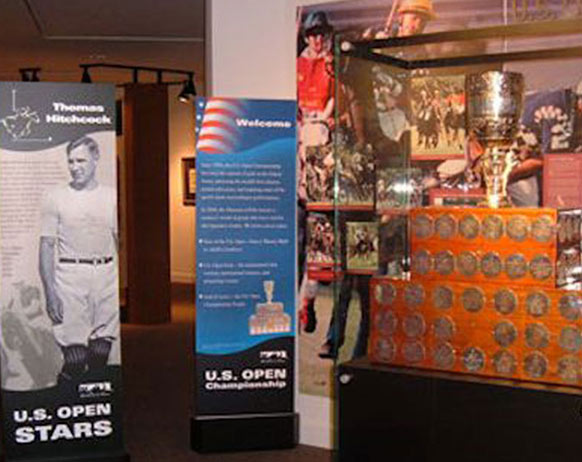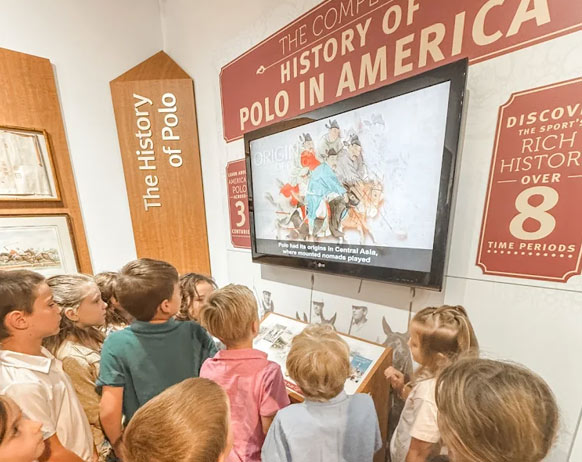Museum of Polo and Hall of Fame
About Us
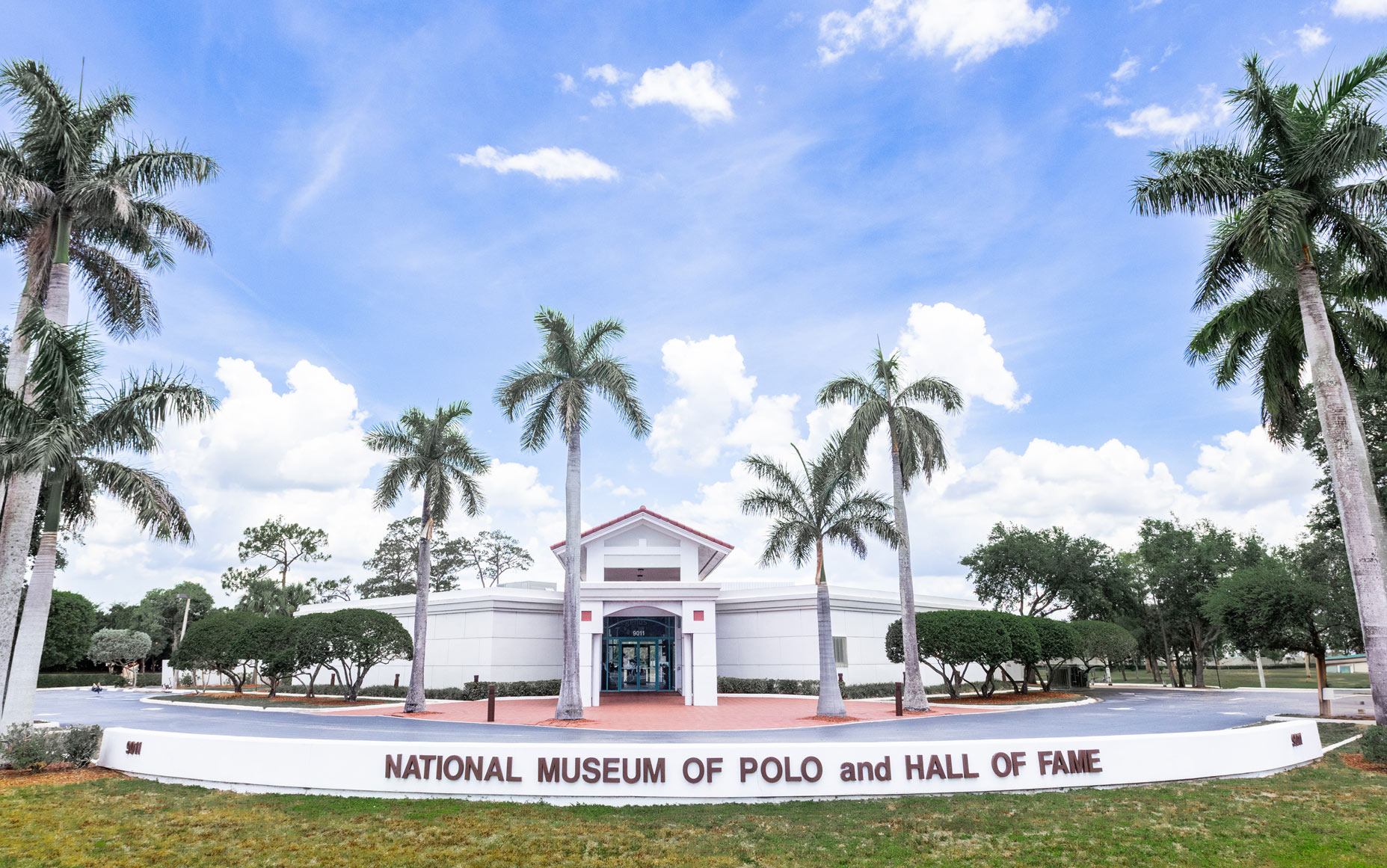
Our Mission
The Museum of Polo and Hall of Fame is a non-profit educational organization dedicated to fostering an appreciation of the sport, its history, development, and traditions by acquiring, preserving, exhibiting, and interpreting collections, as well as honoring those who have made outstanding contributions to the sport.
Our History
In 1978 over a lunchtime conversation between polo players – George C. Sherman, Jr., Philip Iglehart, Leverett Miller, and Jeremy Chisholm the idea of a polo museum was conceived. They were dedicated to the preservation of artifacts and the history of the game. With Sherman and Iglehart leading the charge, Lev Miller, who was in the architectural field, provided his vision of a museum, and Chisholm, a collector of polo art was receptive to lending his expertise.
Over the next several years, many locations and ideas were examined and surveyed to determine the best location for a permanent home for a museum. Simultaneously, the concept was presented to the polo community and an initial collection of artifacts was begun and continued to be actively pursued by Philip Iglehart over a decade.
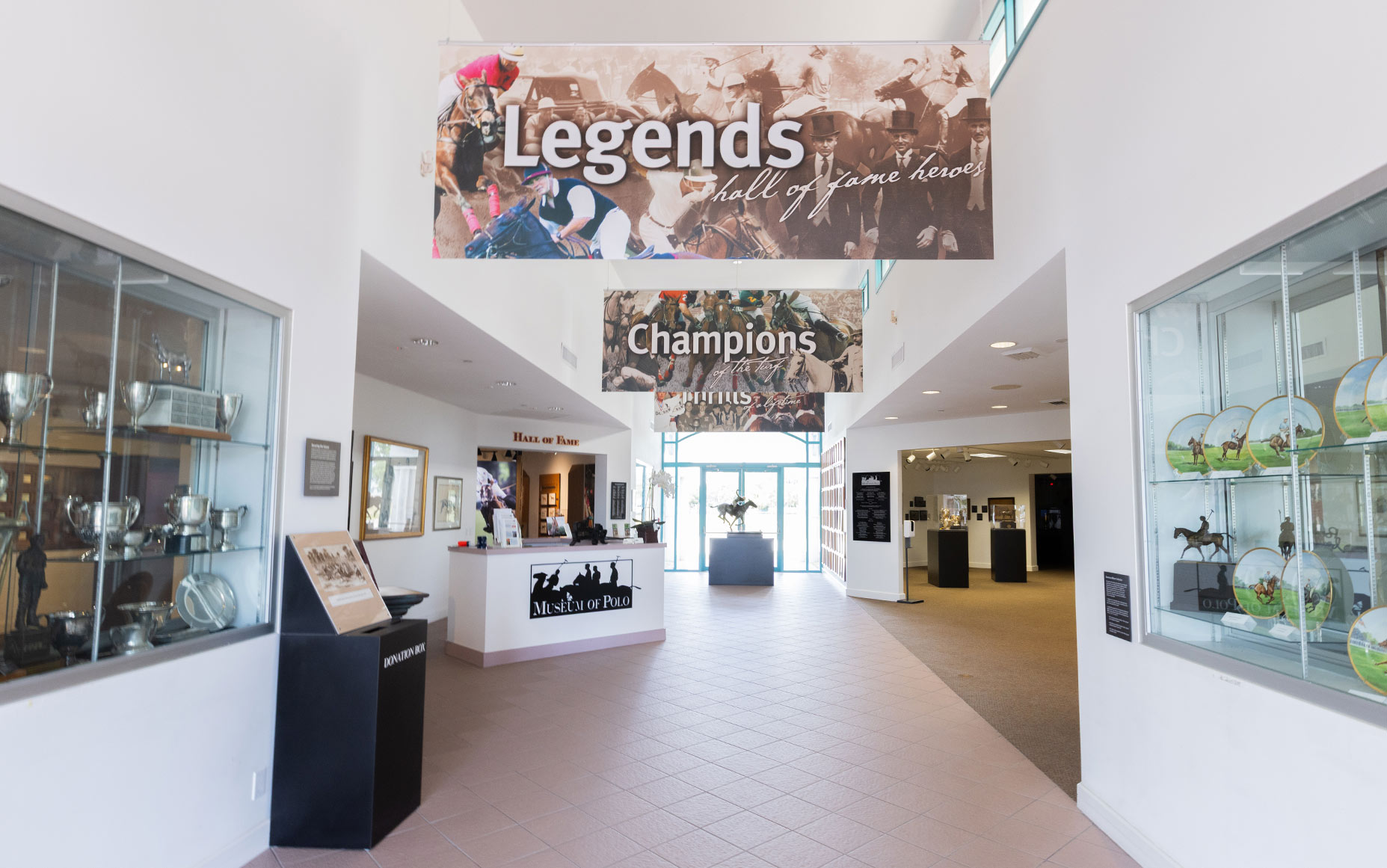
In July 1988, a temporary home was established at the Kentucky Horse Park and the conceptual drawings of a permanent Museum and the collected artwork and artifacts were put on display to generate interest and support. In 1997 the museum opened its door in Palm Beach County, the heart of world-class polo where it remains.
As the only polo museum in the world, it continues to grow its outreach, collections, and physical space. The Museum is a rich repository of documents and physical treasures which include works of art, historic trophies, artifacts, books, statistics, periodicals, films, videos, recordings, and memorabilia.
Although polo is played year-round, the high-goal season in Palm Beach County, from January through April, is considered the best in the world. During the season over President’s Day weekend, the museum celebrates and honors those humans and equines who have made a tremendous impact on the sport. Heroes of the sport, past, and living are honored during the Hall of Fame Gala Ceremony.
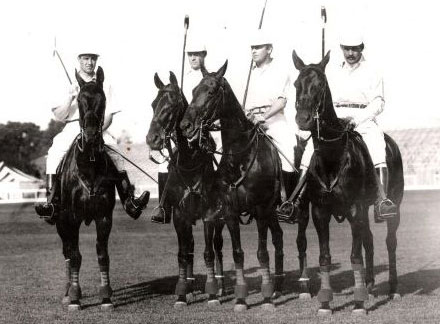
Board of Directors
- Martin S. Cregg (Chairman)
- Melissa Potamkin Ganzi (President)
- Anthony L. Coppola (Vice President)
- Joseph Kozlik (Treasurer)
- Stewart Armstrong
- Olexa Celine
- Russell G. Corey
- Paul E. Jornayvaz
- Tiffany Orthwein
- William Raab
- Madison Richardson
- Peter J. Rizzo
- Clifford M. Sifton
- Don Dufresne
- S.K. Johnston
(Honorary Board Member) - John C. Oxley
(Honorary Board Member)
Visit the Polo Museum
The Museum of Polo and Hall of Fame is a non-profit educational organization in Lake Worth, Florida, dedicated to fostering an appreciation of the sport, its history, development, and traditions by acquiring, preserving, exhibiting, and interpreting collections, as well as honoring those who have made outstanding contributions to the sport.

